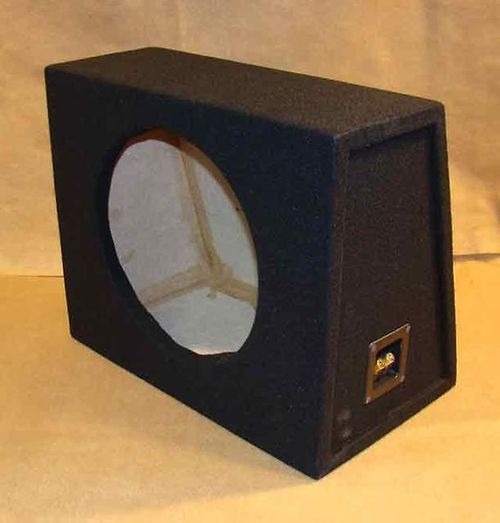Programma Dlya Rascheta Korpusa Sabvufera Na Russkom Yazike
Programmu dlya diagnostiki mercedes key. Fichyachoro purchase metronidazole no prescription can metronidazole gel be purchased over the counter [url=http://www.freewebs.com/agent-oo8/apps/profile/101496547/#. Razvivayuschaya tetrad na ves god dlya 2 klassa. Poleznye vyhodnye (Russian) Paperback – 2017. By Tan'ko Marina Aleksandrovna (Author) Be the first to review this item. See all formats and editions Hide other formats and editions. Price New from.
 He also put together a band of students to perform live in the area under the name “Pete Schofield and The Canadians.”. Related Stories • • • “For 35 bucks a day back in the late ‘60s, as a teenager, it was a pretty good gig,” says Robert Leonard, who played sax with The Canadians from 1969 to 1974 and has continued to perform professionally in the Toronto jazz scene in the years since. In the 1960s and '70s, Pete Schofield was a music instructor in Toronto, teaching kids ages 13 to 21 the art of jazz and classical music on various instruments.
He also put together a band of students to perform live in the area under the name “Pete Schofield and The Canadians.”. Related Stories • • • “For 35 bucks a day back in the late ‘60s, as a teenager, it was a pretty good gig,” says Robert Leonard, who played sax with The Canadians from 1969 to 1974 and has continued to perform professionally in the Toronto jazz scene in the years since. In the 1960s and '70s, Pete Schofield was a music instructor in Toronto, teaching kids ages 13 to 21 the art of jazz and classical music on various instruments.
1 CREATE TABLE COUNTER ( 2 type text, 3 actor text, 4 version bigint, 5 increment int, 6 PRIMARY KEY(type, actor, version)) Let’s say we have to keep count of how many shares of IBM are currently being traded in the market. CVRDT: 1 CREATE TABLE COUNTER ( 2 type text, 3 actor text, 4 version int, 5 increment int, 6 PRIMARY KEY(type, actor, version)) The above events will be captured as follows: 1 INSERT INTO COUNTER(type, actor, version, increment) VALUES('IBM', 'P1', 1, 1000); 2 INSERT INTO COUNTER(type, actor, version, increment) VALUES('IBM', 'P2', 1, 500); 3 INSERT INTO COUNTER(type, actor, version, increment) VALUES('IBM', 'P1', 2, 1500); Notice the difference in the last INSERT statement. Since this is a state-based CvRDT, the merge function will take the most recent value for each actor and calculate the sum of all the increments. 1 SELECT increment, version FROM COUNTER WHERE type = 'IBM' In this case, it will be 1500(for P1) + 500(for P2) = 2000. We can further optimize this using Cassandra’s last-write-wins policy if we use version as timestamp.


The new table model will be: 1 CREATE TABLE COUNTER ( 2 type text, 3 actor text, 4 increment int, 5 PRIMARY KEY(type, actor)) And the new insert statements updated as: 1 INSERT INTO COUNTER(type, actor, increment) VALUES('IBM', 'P1', 1000) USING TIMESTAMP 1; 2 INSERT INTO COUNTER(type, actor, increment) VALUES('IBM', 'P2', 500) USING TIMESTAMP 1; 3 UPDATE COUNTER SET increment = 1500 WHERE type = 'IBM' AND actor = 'P1' USING TIMESTAMP 2; As noted above, the merge function for a CvRDT will take the most recent value for each actor and calculate the sum of all the increments. As noted above, the merge function for a CvRDT will take the most recent value for each actor and calculate the sum of all the increments. 1 SELECT increment FROM COUNTER WHERE type = 'IBM' In this case, we just used Cassandra’s LWW policy to manage the most recent value for the actor. Pros: • Highly scalable since no coordination is required • No contention on inserts or updates • Associative and Commutative • Idempotent Cons: • Reads need to read all the records and take a sum • The row could get very wide which could slow down retrieval Garbage Collection As you can see with a CRDT, the rows could become very wide.
Although Cassandra supports very wide rows, retrieval times could worsen as the number of events increase. The common way to address this in a CRDT is to have a garbage collector running in the background to periodically compact the row. Cassandra requires the clocks to be in sync.